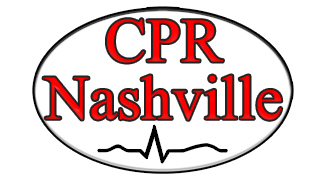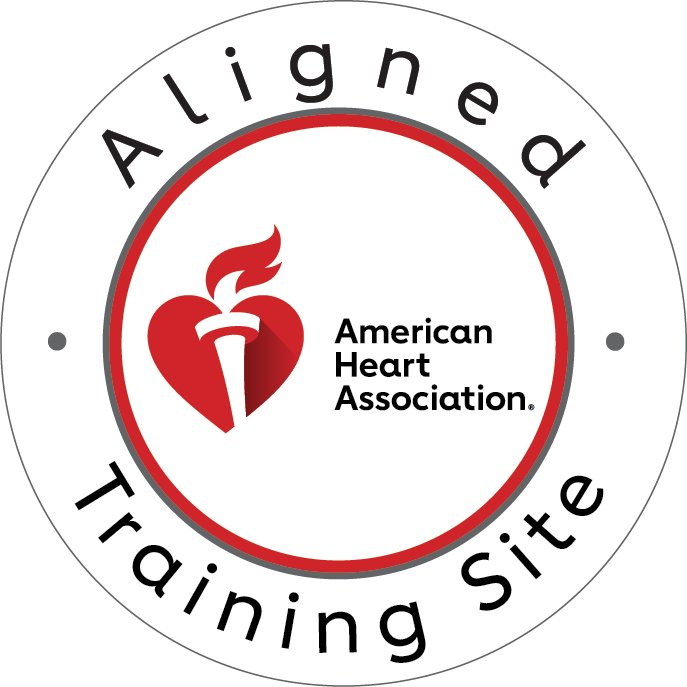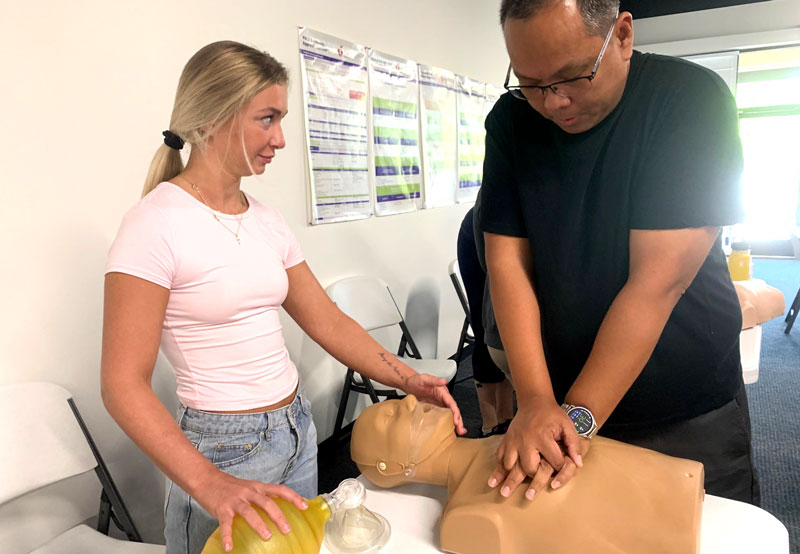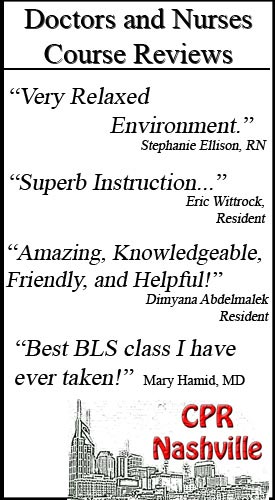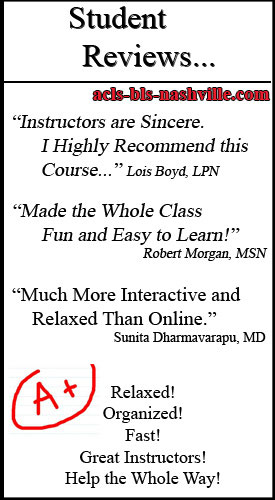When someone experiences cardiac arrest, every second counts. Cardiopulmonary resuscitation, or CPR, is a lifesaving technique that combines chest compressions with ventilation to keep oxygenated blood flowing to vital organs. While chest compressions often get the spotlight, ventilation plays a critical role, especially in prolonged resuscitation efforts. Striking the right balance between compressions and breaths can significantly influence a patient’s chance of survival and recovery. This article will clarify the correct ventilation rates for different CPR scenarios, helping both laypersons and healthcare professionals deliver more effective care in an emergency.
Understanding Ventilation in CPR
Ventilation during CPR refers to the process of supplying air to the lungs of a person who is not breathing or not breathing adequately. The primary goal is to maintain oxygenation and support carbon dioxide elimination during cardiac arrest. When the heart stops, the body’s natural ability to circulate oxygen is compromised. Compressions help move blood, but without ventilation, oxygen levels can quickly drop, leading to brain damage or death. Over the years, recommendations for ventilation during CPR have evolved to reflect new research, shifting from a ventilation-heavy approach to one that prioritizes high-quality chest compressions while still ensuring adequate oxygenation.
Current Guidelines for Ventilation Rates
Today, the American Heart Association (AHA) sets the standard for CPR protocols in the United States, with the European Resuscitation Council (ERC) offering similar guidelines in Europe. According to the latest AHA recommendations, for adult victims receiving CPR without an advanced airway, the proper ratio is 30 chest compressions followed by 2 rescue breaths. This approach applies to both single and two-rescuer scenarios for laypeople. When an advanced airway, such as an endotracheal tube or supraglottic airway, is in place, professionals should deliver 1 breath every 6 seconds, or about 10 breaths per minute, while continuing compressions without interruption. The ERC provides comparable guidance, reinforcing global consistency in resuscitation standards.
Ventilation Rates for Different CPR Scenarios
The correct ventilation rate also depends on the specific resuscitation context. In standard two-rescuer adult CPR without an advanced airway, the 30:2 compression-to-ventilation ratio remains the norm. However, for healthcare providers using advanced airways, continuous chest compressions should be paired with asynchronous ventilations at a rate of 1 breath every 6 seconds. Pediatric CPR introduces further nuance. Healthcare providers are instructed to use a 15:2 ratio for children and infants when two rescuers are present, while lay rescuers should use the standard 30:2 ratio. Neonatal resuscitation follows its own set of guidelines, typically recommending 40 to 60 breaths per minute in combination with gentle chest compressions, emphasizing the unique physiological needs of newborns.
Factors Affecting Optimal Ventilation
Ventilation is not a one-size-fits-all component of CPR. Several factors can affect how effective ventilation is, even if the rate appears correct. One major pitfall is hyperventilation—delivering breaths too quickly or with too much force. This can lead to increased intrathoracic pressure, reduced cardiac output, and poor outcomes. Using the right equipment, like a bag-valve-mask (BVM), can help, but only if used properly. Inexperienced rescuers may struggle to form a proper seal or deliver adequate tidal volume. That’s why technique matters just as much as timing. Ensuring a visible chest rise with each breath, using the correct head-tilt chin-lift or jaw-thrust maneuver, and choosing the appropriate device are all critical for optimal ventilation.
Common Errors in Ventilation During CPR
Unfortunately, errors in ventilation are common during real-life CPR. One of the most frequent issues is delivering breaths too quickly, which can harm the patient by interfering with effective blood flow. Another common mistake is failing to produce adequate chest rise, often due to poor mask seal or improper airway positioning. Interrupting compressions for too long to give breaths is also a major concern, as it reduces the overall effectiveness of CPR. All these issues can be minimized with proper training and repeated practice. Ventilation might seem straightforward, but under stress, even trained responders can make mistakes.
Training and Skill Maintenance
Maintaining CPR proficiency requires more than passing a certification test—it takes consistent hands-on practice and updated knowledge. Healthcare professionals should recertify in Basic Life Support (BLS) and Advanced Cardiovascular Life Support (ACLS) every two years, as recommended by the AHA. Courses from accredited providers like CPR Nashville offer structured training with plenty of opportunities to practice ventilation skills using manikins and real-time feedback devices. Simulation-based training has become particularly valuable, helping rescuers practice rare but high-stakes scenarios in a safe environment. These sessions allow responders to refine their ventilation technique and build the muscle memory needed to act quickly and confidently during an emergency.
Conclusion
Understanding the correct ventilation rate during CPR is crucial for maximizing patient survival chances. The American Heart Association guidelines emphasize not just the importance of high-quality chest compressions but also the delivery of properly timed ventilations. Maintaining the recommended rate of two breaths per 30 compressions for adult CPR ensures adequate oxygenation without compromising blood circulation. Healthcare providers and lay rescuers alike must be well-versed in these techniques to provide effective resuscitation during cardiac emergencies.
Take Action: Get Certified Today
Don’t wait for an emergency to wish you had the skills to save a life. CPR Nashville, an American Heart Association training site, offers comprehensive CPR certification programs designed to equip you with confidence and competence in life-saving techniques.
Their stress-free, hands-on courses include BLS certification in Nashville for healthcare providers, as well as ACLS, PALS, and CPR and First Aid courses for individuals of all backgrounds. Whether you’re seeking initial certification or renewal, their expert instructors ensure you master the correct ventilation techniques and other critical CPR components in a supportive environment.
Commit to becoming emergency-ready by enrolling in a CPR Nashville course today. Your decision to get certified could make the difference between life and death for someone in your community. Visit CPR Nashville now—recognized as the best CPR training provider in Nashville—and take the first step toward becoming a confident, capable responder.

